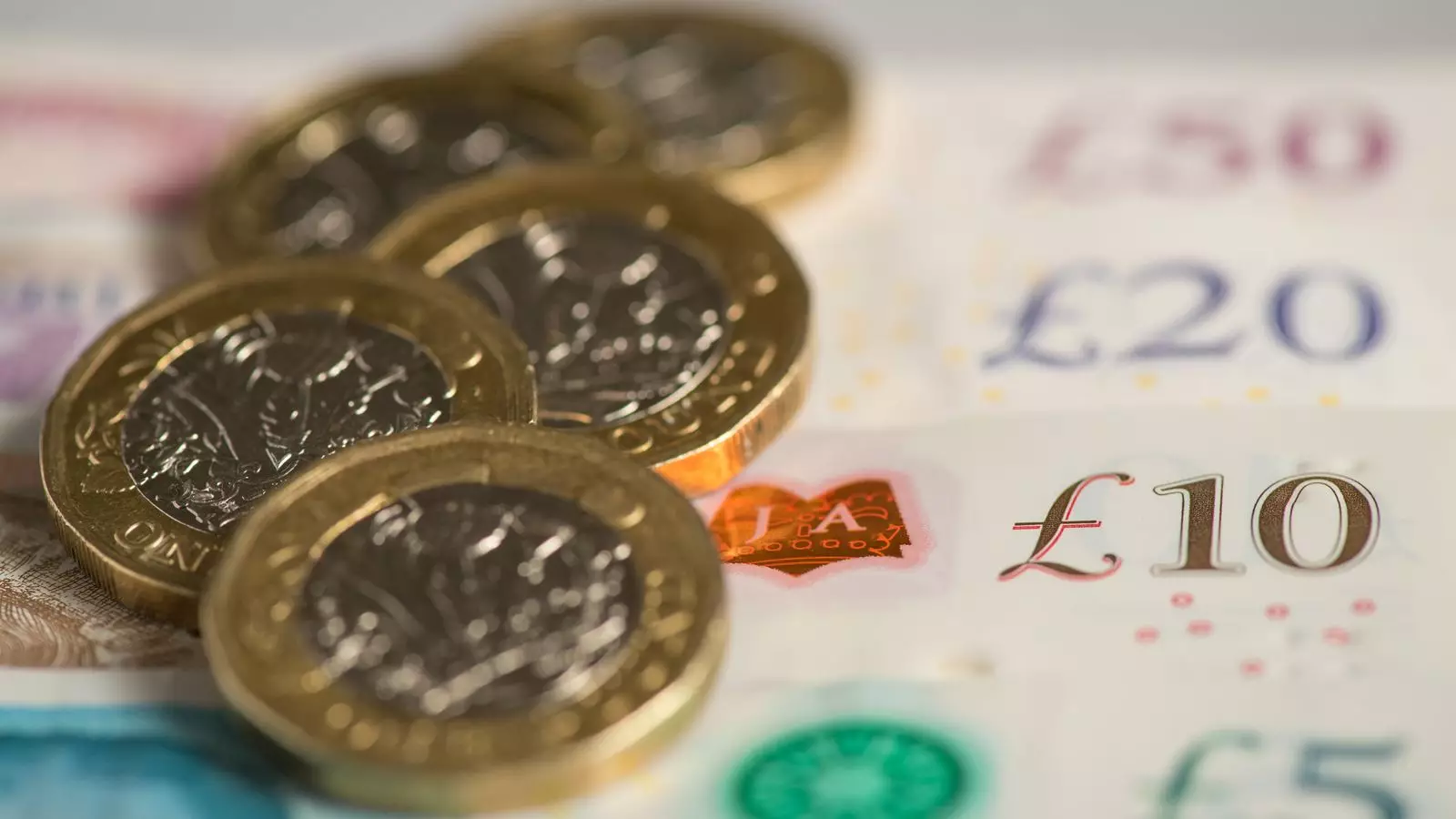The UK economy has shown positive signs of recovery, with Gross Domestic Product (GDP) growing by a better-than-expected 0.6% between January and March. This growth exceeded economists’ predictions of 0.4%, indicating that the economy may be turning a corner. Prime Minister Rishi Sunak expressed optimism, stating that the plan is working, despite acknowledging that many individuals are still facing challenges.
The recent recession was characterized by two consecutive three-month periods of economic contraction. Reduced consumer spending power due to high inflation and energy bills, as well as unfavorable weather conditions, contributed to the decline in GDP. From October to December, GDP shrank by 0.3%, following a 0.1% contraction in the previous quarter. These factors led to a declaration of recession in February.
March saw an increase in GDP of 0.4%, surpassing the forecast of 0.1%. Additionally, the GDP growth figures for February were revised upwards from 0.1% to 0.2%. This positive trend in growth rates indicates a potential recovery for the UK economy. Major sectors such as retail, public transport, health, and car manufacturing showed strength during the period.
Chancellor Jeremy Hunt emphasized that the economy is starting to return to full health, with growth expected in the upcoming years. The government projects a strong economic outlook with wages outpacing inflation, falling energy prices, and tax cuts benefiting the average worker. However, opposition parties caution against premature celebration, pointing out that the economy remains smaller per person compared to past years.
The Office for National Statistics (ONS) highlighted the strength of service industries like retail, public transport, and health, as well as positive performance by car manufacturers. Despite this, the construction sector faced challenges during the period. In March, the economy experienced robust growth, mainly fueled by the services sector, including wholesalers, health, and hospitality.
Analysts predict that the UK’s economic recovery will be stronger than previously anticipated. The rising GDP growth in April suggests continued progress. These positive developments may alleviate the need for immediate interest rate cuts by the Bank of England. However, decisions on interest rates will depend on future inflation and labor market data.
The Bank of England maintained interest rates at 5.25% and issued new forecasts for the UK economy. Projections indicate stronger growth for the year, with lower unemployment and inflation rates than previously expected. This suggests a cautiously optimistic outlook for the UK economy in the coming months.
The recent growth in GDP and positive economic indicators provide hope for the UK’s recovery from the recession. While challenges remain, the government’s economic plan and favorable industry performance indicate a path towards recovery and future growth. It is essential to monitor key economic indicators closely to assess the ongoing progress and make informed policy decisions to support the UK economy.


Leave a Reply